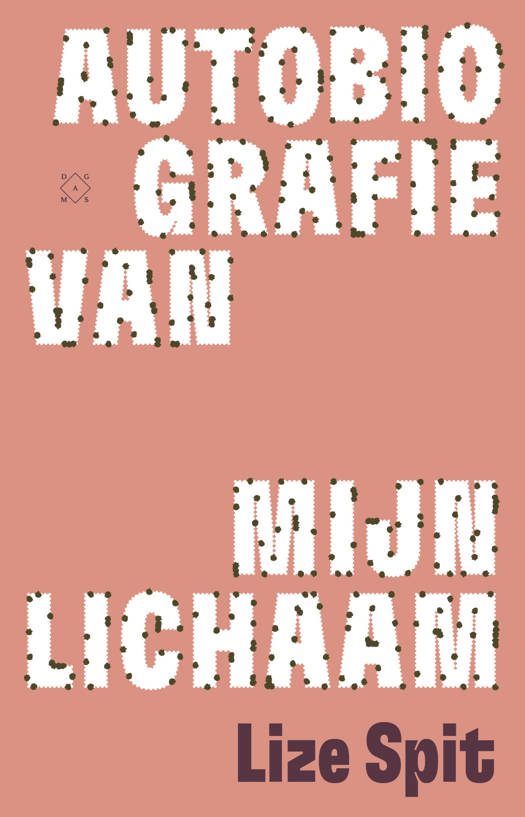
Bedankt voor het vertrouwen het afgelopen jaar! Om jou te bedanken bieden we GRATIS verzending (in België) aan op alles gedurende de hele maand januari.
- Afhalen na 1 uur in een winkel met voorraad
- Gratis thuislevering in België
- Ruim aanbod met 7 miljoen producten
Bedankt voor het vertrouwen het afgelopen jaar! Om jou te bedanken bieden we GRATIS verzending (in België) aan op alles gedurende de hele maand januari.
- Afhalen na 1 uur in een winkel met voorraad
- Gratis thuislevering in België
- Ruim aanbod met 7 miljoen producten
Zoeken
Epigraphical Approaches to the Post-Classical Polis
Fourth Century BC to Second Century Ad
€ 194,95
+ 389 punten
Omschrijving
This volume richly illustrates the multiple ways in which epigraphy enables historical analysis of the postclassical polis (city-state) across a world of geographically dispersed poleis: from the Black Sea and Asia Minor to Sicily via the Aegean and mainland Greece. The collection of 16 papers looks at themes such as the modes of interaction between polis and ruling powers, the construction of ethnic and social identity, interstate and civil conflict and its resolution, social economics, institutional processes and privileges, polis representations, ethics, and, not least, religious phenomena. The contributions range from "hard epigraphy" to sophisticated conceptual studies of aspects of the postclassical polis, and approach the inscriptions both as textual objects and as artefacts. The aim of this volume is to identify the postclassical polis both as a reality and as a constructed concept, not only a monolithic block, but a result of tension in the exercise of different kinds of powers. All the individual contributions of this collective volume show that the postclassical polis, both as a reality and as a representation, is the result of negotiations, ancient and modern; but they also illustrate how much of our understanding of the polis is built on patient, painstaking work on the inscriptions.
Specificaties
Betrokkenen
- Uitgeverij:
Inhoud
- Aantal bladzijden:
- 400
- Taal:
- Engels
- Reeks:
Eigenschappen
- Productcode (EAN):
- 9780199652143
- Verschijningsdatum:
- 8/02/2013
- Uitvoering:
- Hardcover
- Formaat:
- Genaaid
- Afmetingen:
- 236 mm x 168 mm
- Gewicht:
- 813 g

Alleen bij Standaard Boekhandel
+ 389 punten op je klantenkaart van Standaard Boekhandel
Beoordelingen
We publiceren alleen reviews die voldoen aan de voorwaarden voor reviews. Bekijk onze voorwaarden voor reviews.











